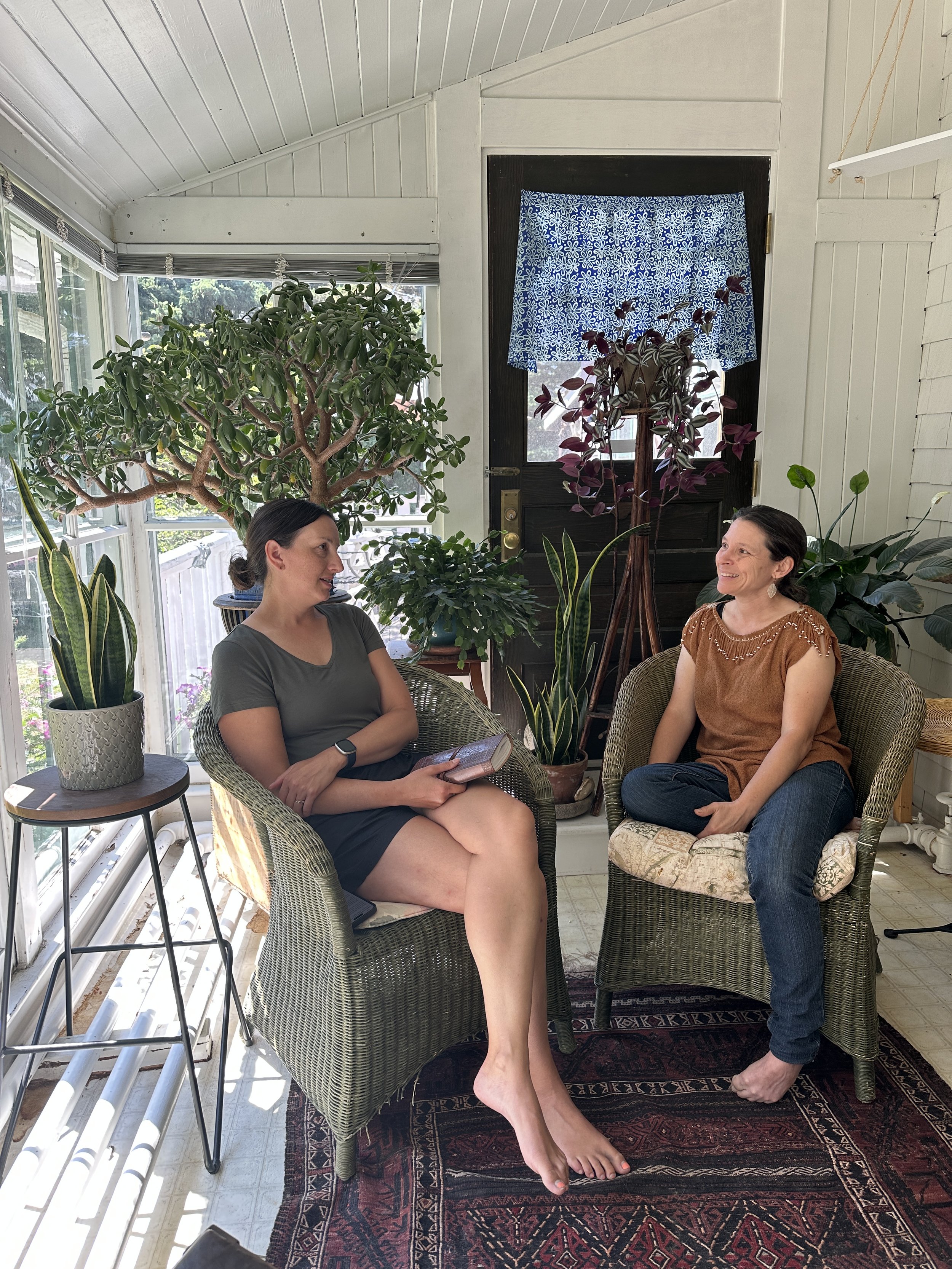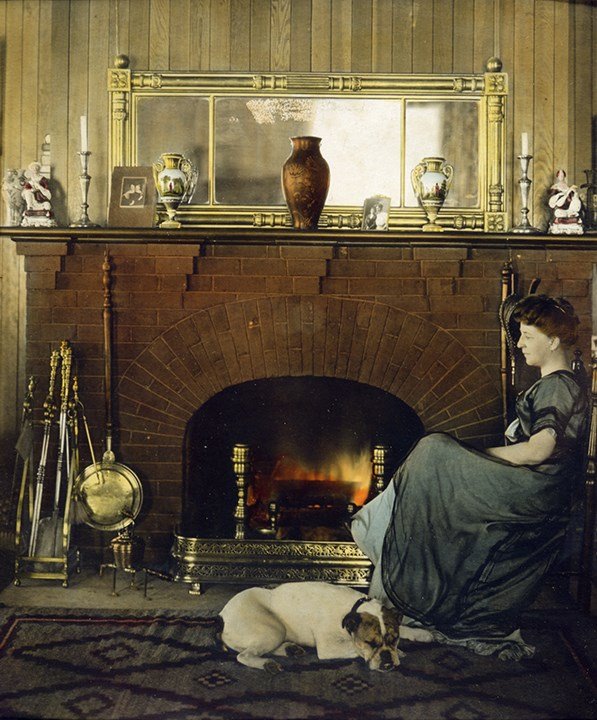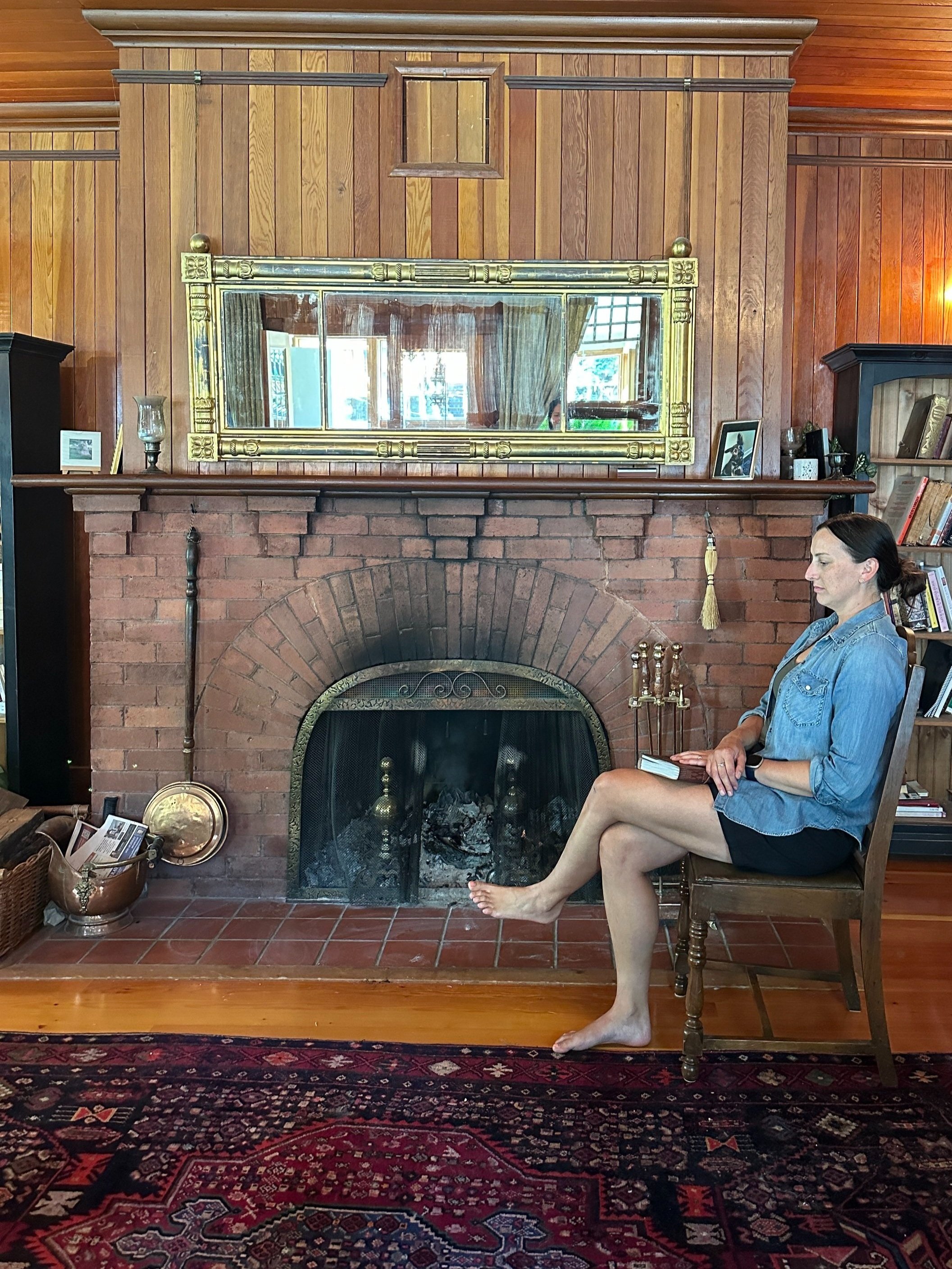Filming with Mary’s Biographer
Producing a film honouring the overlooked contributions of female explorers has been in the works since 2020. In fact, the seeds of this story were first planted on a backcountry hike. My first conversation with Meghan J. Ward touched on several early female explorers of the Canadian Rockies, but one, in particular, resonated with us. This film has since evolved into an exploration of the tangible and intangible connections between Meghan and Mary Schäffer Warren (1861 - 1939).
Naturally, revisiting the story of a woman like Mary has led us down a path filled with adventure and unexpected discoveries. Last autumn, Meghan and I found ourselves on opposite ends of a pack string horseback riding in the Ptarmigan Valley, just as Mary had in 1904. We also shared a similar ‘pinch me’ moment last month while filming and interviewing Mary Schäffer’s biographer, Janice Sanford Beck.
Here’s an inside look at some of the scenes and conversations we filmed in Banff with Janice.
Into The Whyte Museum Archives
Meghan J. Ward and Janice Sanford Beck at the Whyte Museum Archives. Screenshot of footage by Trixie Pacis.
Meghan and I have visited the Archives on numerous occasions, but as we strolled in with Janice, she lit up, as if seeing it all with fresh eyes. It turns out that she had not been back since her research for No Ordinary Woman (Rocky Mountain Books) in the summer of 2000. We planted ourselves in the reading room located between the Whyte Museum’s galleries and the Archives. This stone-floored corridor is lined with books, photo albums and other treasures waiting to be discovered. We came to view our favourite items from the Mary Schaffer fonds, including a handful of books that have expanded our understanding of Mary.
Conversation flowed as Meghan and Janice pored over the paintings, lantern slides, published articles and private letters held at the Whyte Museum Archives.
“We have passed weeks of showery or snow days in the hills, never knew ourselves to catch cold, and on taking everything into account, could only conclude that nature meant us all to be wildflowers instead of houseplants,” Meghan read from Old Indian Trails of the Canadian Rockies, Mary Schäffer’s expedition account.
This quote had also resonated with Janice, who named a chapter of her book “From Houseplant to Wildflower.” More than two decades later, the same quote has also inspired the title of our film.
Meghan J. Ward and Janice Sanford Beck at the Whyte Museum Archives looking at Schäffer’s wildflower paintings. Screenshot of footage by Trixie Pacis.
“What does it mean for a woman to be a wildflower?” Meghan mused with Mary’s delicate hand-painted wildflowers spread across the table.
“I’ve been learning a lot about what a wildflower is and what distinguishes it from other plants…” Janice shared. “There’s definitely that sense of rootedness, of indigeneity, of belonging to this place and being adapted for its conditions… of not necessarily being contained within the boundaries of a more formal garden but being able to express itself freely…”
Meghan added that her interpretation includes “[s]ome of the same themes around adaptation and strength, but also resilience. I’ve always pictured wildflowers to have to put up with whatever weather comes their way.”
As the camera rolled and their voices drifted into my ears through wireless lavalier mics and headphones, I couldn’t help but wonder what weather we might encounter, or if any wildflowers would remain, when we hit the Maligne River Valley in late August.
Transported Through Time at Tarry-a-While
Meghan J. Ward journalling at Mary Schäffer’s writing desk. Screenshot of footage by Trixie Pacis.
The next day, Susanne Gillies-Smith, owner of the Plain of Six Glaciers Teahouse, graciously invited us into her home. Also known as Tarry-A-While, the white wood-framed residence was built for Mary in 1912 by her outfitter-turned-husband, Billy Warren. The floorboards creaked as we entered the rectangular living room and sunlight streamed in through the blinds, just as they must have when Mary still held the keys to her abode. We took turns sitting at her writing desk, where some of the letters we examined at the Archives were likely penned. As Meghan wrote in the journal she’s been keeping throughout the filming process, I couldn’t help but admire the candle holders set on either side, remnants of a bygone era, or notice that the desk cabinet is where Susanne stores her botanical oils, another unexpected nod to the wildflower theme.
We spent most of the afternoon filming an interview in the white-panelled sun room that faces the Old Banff Cemetery, where Mary and Billy Warren both rest. Before leaving, we stoked a fire at the hearth that kept Mary warm through many winters. A small flame flickered as we recreated a portrait of Mary that we came across in our research. As I filmed Meghan by the fireplace, I caught my own reflection in the mirror where Mary’s had surely been.
Like Mary, I had dreamed something up in the spirit of curiosity and adventure. To see that dream coming to fruition makes me deeply grateful to the trailblazers who came before us — especially the women explorers and female filmmakers who have made so much possible.
This film is for them, and so that future generations may know.
~ Trixie
Mary Schäffer portrait courtesy of the Whyte Museum Archives [v527 / lc / accn 3007 / na66 - 527 WMCR].







